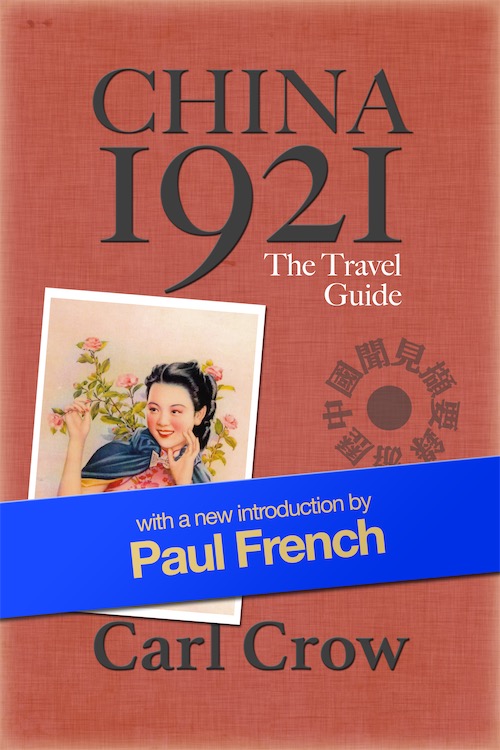Description
Set the time machine for China, the year 1921. Experience first-hand the Middle Kingdom’s Golden Age of Travel, a time when steamships and railways had opened up new possibilities for the adventurous sojourner, yet the country had “lost none of its unique charm” and remained “as interesting and strange as it was to Europeans who more than five hundred years ago read Marco Polo’s amazing account of the land of the Great Khan.”
This Camphor Press book is an abridged version of the original The Travelers’ Handbook for China by Shanghai-based American newsman Carl Crow. It comes with maps, illustrations, and has a new introduction from Paul French (Carl Crow biographer and author of the true crime bestseller Midnight in Peking).
China 1921 describes a country in flux, modernizing yet still Medieval in places, before its rich culture was devastated by war, Communism, and rapid economic development. Readers will find a land of thriving religious centers, exquisite arts and crafts, striking regional diversity, and a countryside teeming with fauna (“Wild game abounds in all parts of China,” Crow tells the would-be sportsman).
There are comprehensive sections on “the great semi-foreign port of Shanghai, the mysterious capital, Peking, the southern metropolis, Canton, the tomb of Confucius,” mountain retreats and beach resorts where one could escape the summer heat, and also details on less accessible destinations. “The more venturesome who are willing to leave the railways, steamship lines and hotels, travel on wheelbarrows, donkeys, or in sedan chairs and junks, and live in native inns, can visit any part of the country at small cost, and enjoy rare experiences.”
This was the best guide of its time, an upbeat but honest look at a now-vanished China. Crow’s exuberance is perfectly captured in his assurance about travel safety: “Robbers and pirates exist, of course, and there is usually a revolution or rebellion going on in some part of the country but these things add zest rather than danger to the journey.”


